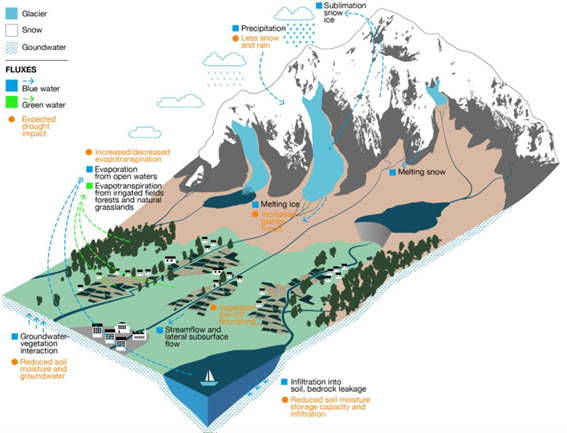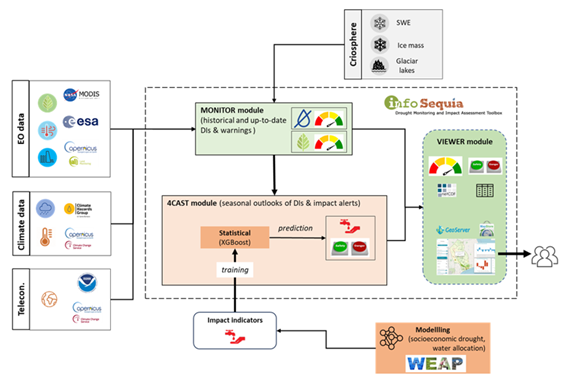The Rogun HPP is a project that will have a large reservoir capable of providing seasonal regulation. It will supply firm energy during the winter months when demand for electricity is the highest in Tajikistan and will allow for exports of clean electricity to the Central Asia (CA) region and beyond. The Project could play the role of a balancing plant for Tajikistan and the broader Central Asia region to help integrate significant new solar PV and wind generation capacity into the network.
The Rogun HPP was initially designed in the 1970s as part of the development of the Vakhsh River cascade for integrated economic development in the Central Asian republics of the Soviet Union. Construction of Rogun HPP began in 1982 and was then interrupted by political changes resulting from the independence of Tajikistan and the other Central Asia countries. The World Bank in 2011 provided funding to the Government of Tajikistan to conduct a Technical and Economic Assessment Study and an Environmental and Social Impact Assessment. The Government of Tajikistan proceeded with construction without development partners’ involvement. In 2023 a technical assistance grant was approved by World Bank to improve the financial and commercial frameworks of the Rogun HPP Project and to enhance its technical, environmental and social sustainability.
ADB is committed under Strategy 2030 operating priority 3 to support its Developing Member Countries to ensure a comprehensive approach to build climate and disaster resilience. The climate risk management approach of the ADB aims to reduce risks resulting from climate change to investment projects by identifying climate change risks to project performance in the early stages of project development and incorporating adaptation measures in the design.
FutureWater will undertake a climate risk and vulnerability assessment for the Rogun HPP project. Technical studies assessing Rogun HPP’s exposure to natural hazards, hydrology, sedimentation, and
the impact of climate change projections have been completed. These findings are incorporated into the detailed technical design of the project. FutureWater will review all existing studies and any
related studies from reputable sources and consolidate the findings into a climate risk and vulnerability assessment (CRVA) for the project. FutureWater will ensure the methodological approach and technical rigor of the existing evidence base is sufficient, flagging potential insufficiencies which may have a material impact on the conclusions of the assessments. Related tasks to support due diligence will also include a Paris Alignment Assessment in accordance with ADB guidelines, a climate financing accounting estimate, a lifecycle greenhouse gas emission estimate, and Climate Change Assessment summarizing the CRVA findings.



